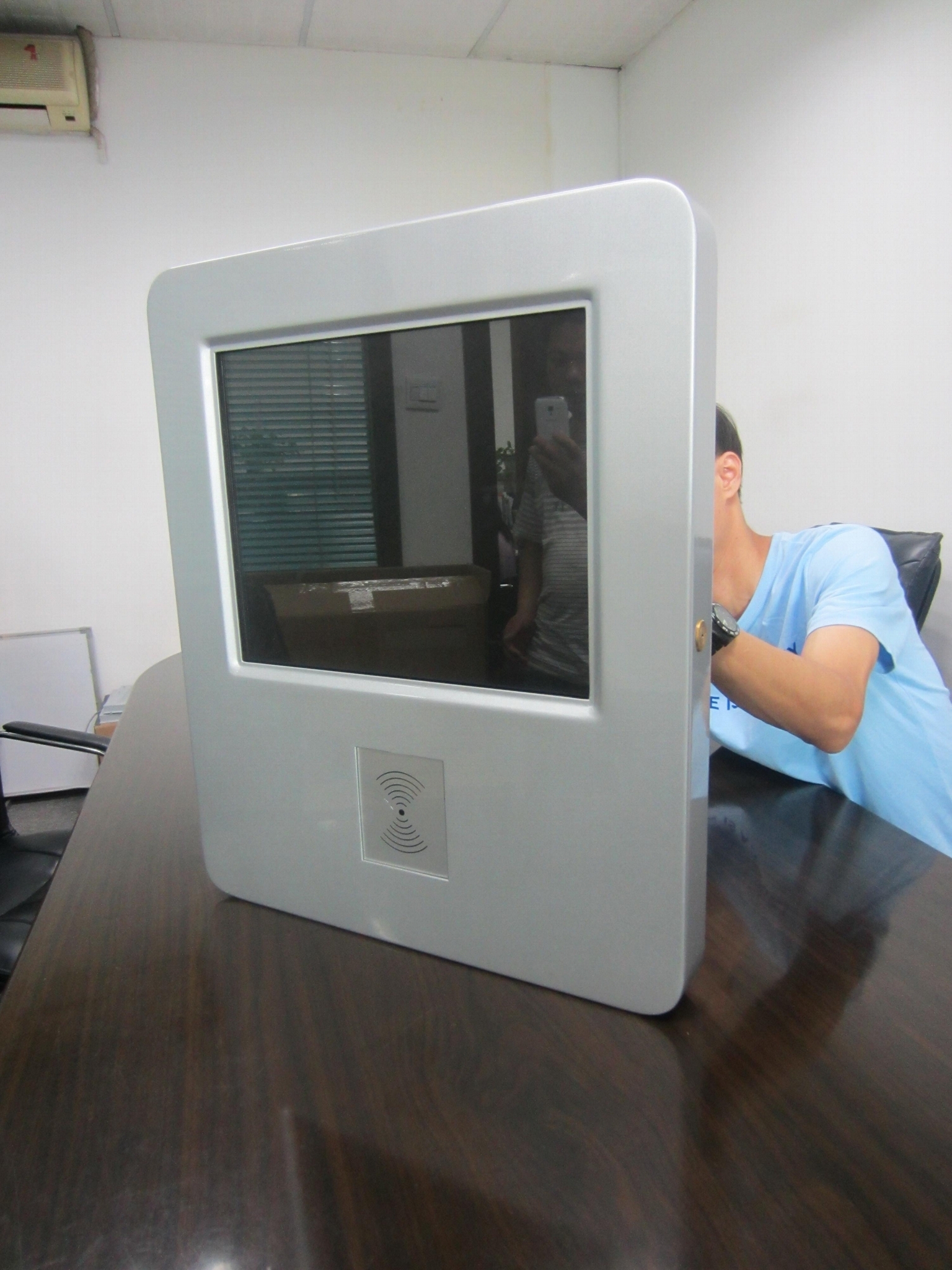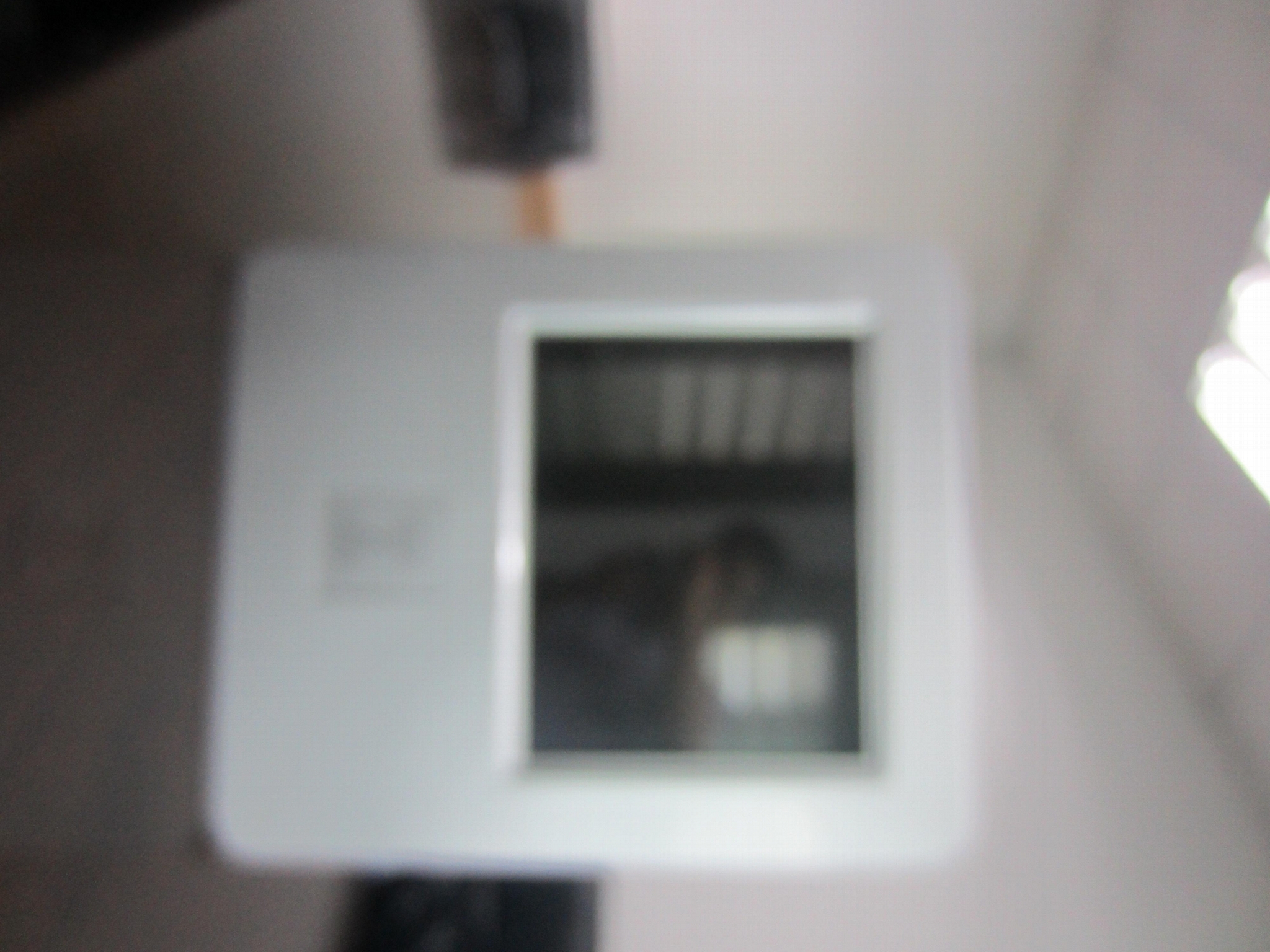Introducing the Wall Mounted Touch Screen Kiosk
In today's fast-paced world, businesses are increasingly looking for innovative solutions to enhance customer engagement and streamline operations. The Wall Mounted Touch Screen Kiosk is an ideal solution for various industries, including retail, hospitality, healthcare, and transportation. This versatile kiosk offers a user-friendly interface that allows customers to access information, make payments, and complete transactions quickly and efficiently.
Key Features
The Wall Mounted Touch Screen Kiosk is designed with advanced technology to provide a seamless user experience. Featuring a high-resolution display, it supports multi-touch functionality, enabling users to interact intuitively with the system. The kiosk is equipped with an integrated payment processor, allowing for secure transactions via credit cards, debit cards, and mobile payments.
Moreover, the kiosk can be customized to fit specific business needs. Whether you require a simple informational display or a fully interactive system with additional features such as a printer or barcode scanner, the Wall Mounted Touch Screen Kiosk can be tailored to meet your requirements.
Benefits for Businesses
Enhanced Customer Experience: The kiosk allows customers to find information quickly without waiting in line for assistance. This self-service capability improves satisfaction and encourages repeat visits.
Increased Efficiency: By automating processes such as ticket sales, check-ins, and payments, businesses can reduce operational costs and allocate staff to more critical tasks.
Space-Saving Design: The wall-mounted design is perfect for locations with limited floor space. It can be installed in various settings, from retail stores to airports, ensuring accessibility for all customers.
Data Collection and Analytics: The kiosk can gather valuable data on customer interactions, preferences, and transaction history. This information can help businesses make informed decisions and improve their services.
Applications
The Wall Mounted Touch Screen Kiosk is suitable for numerous applications:
Retail: Customers can browse products, check prices, and make purchases without needing assistance.
Healthcare: Patients can check in for appointments, fill out forms, and make payments, streamlining the check-in process.
Transportation: Travelers can purchase tickets, check schedules, and access real-time information at bus and train stations.
Hospitality: Guests can check in and out, access hotel services, and provide feedback through the kiosk.
Conclusion
The Wall Mounted Touch Screen Kiosk is a powerful tool for businesses looking to enhance customer interaction and improve operational efficiency. With its customizable features and user-friendly design, it meets the needs of various industries. By investing in this innovative technology, businesses can stay ahead of the competition and provide exceptional service to their customers.
For more information on how the Wall Mounted Touch Screen Kiosk can benefit your business, contact us today!



